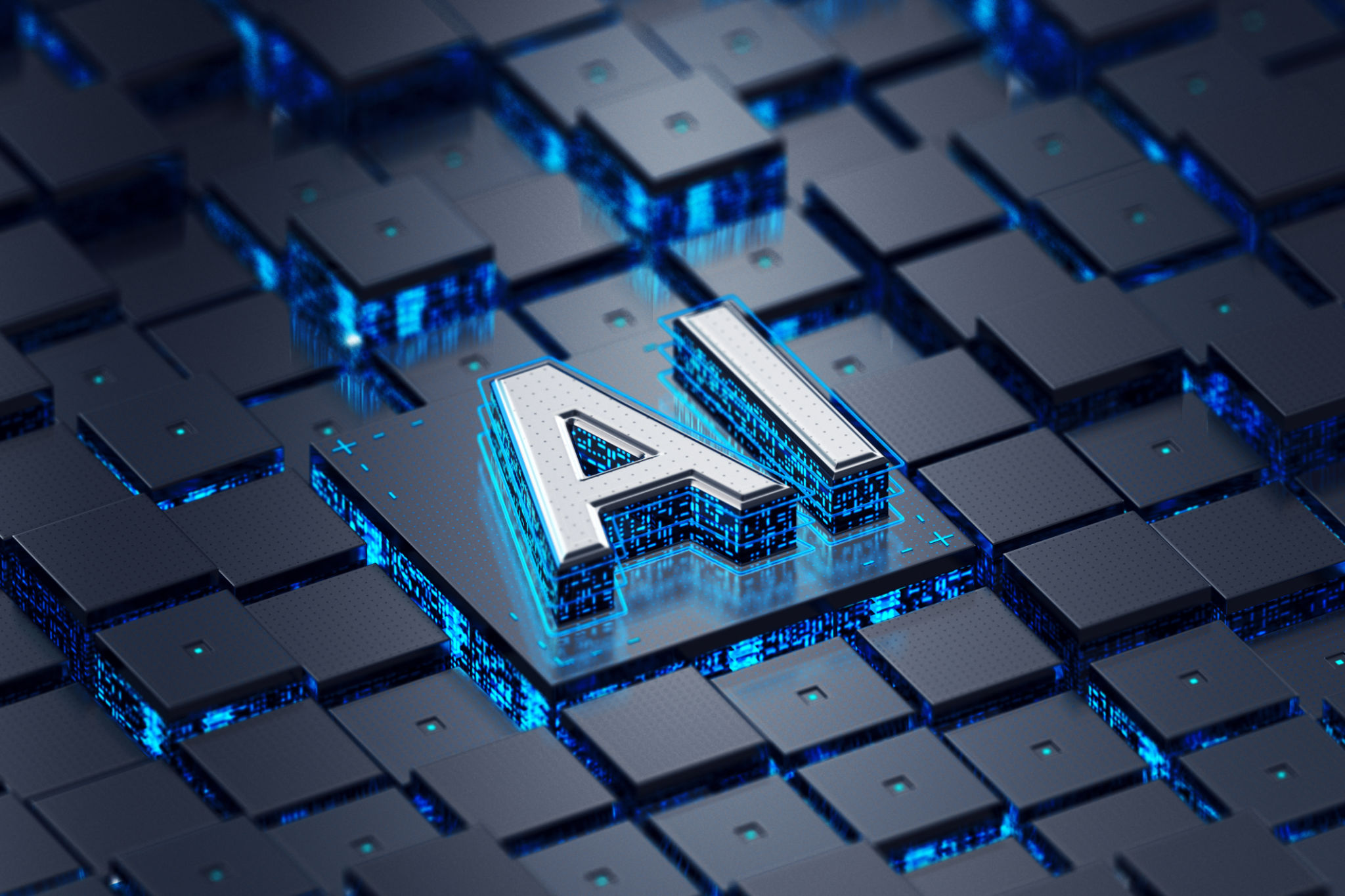Revolutionizing Cardiology: The Impact of Vision Transformers
Understanding Vision Transformers
In recent years, artificial intelligence (AI) has made significant strides in medical sciences, particularly in the field of cardiology. Among the various AI technologies, Vision Transformers (ViTs) have emerged as groundbreaking tools, offering unprecedented capabilities in image recognition and analysis. These models, initially developed for tasks like natural language processing, are now being adapted to revolutionize how cardiologists diagnose and treat heart-related conditions.
Vision Transformers work by leveraging a self-attention mechanism, which allows them to process entire images at once, rather than scanning them piece by piece. This holistic approach provides a more comprehensive understanding of complex visual data, making ViTs particularly well-suited for analyzing intricate medical images such as echocardiograms and MRI scans.

Understanding Vision Transformers
In recent years, artificial intelligence (AI) has made significant strides in medical sciences, particularly in the field of cardiology. Among the various AI technologies, Vision Transformers (ViTs) have emerged as groundbreaking tools, offering unprecedented capabilities in image recognition and analysis. These models, initially developed for tasks like natural language processing, are now being adapted to revolutionize how cardiologists diagnose and treat heart-related conditions.
Vision Transformers work by leveraging a self-attention mechanism, which allows them to process entire images at once, rather than scanning them piece by piece. This holistic approach provides a more comprehensive understanding of complex visual data, making ViTs particularly well-suited for analyzing intricate medical images such as echocardiograms and MRI scans.
Moreover, the integration of ViTs into existing hospital systems can facilitate better collaboration among medical teams. With AI-driven insights readily available, multidisciplinary teams can make more informed decisions, ultimately leading to improved patient outcomes.
Future Prospects of Vision Transformers in Cardiology
The potential applications of Vision Transformers in cardiology extend far beyond diagnostics. Researchers are exploring their use in predictive modeling, where AI algorithms analyze past data to forecast future health risks. This could lead to personalized treatment plans tailored to individual patients' needs, significantly enhancing the quality of care.
Additionally, Vision Transformers hold promise in medical research, aiding in the discovery of new patterns and correlations in cardiovascular diseases. By processing vast amounts of data quickly and accurately, these models can uncover insights that drive innovation in treatment protocols and drug development.

Challenges and Considerations
Despite their potential, the integration of Vision Transformers into cardiology is not without challenges. One primary concern is ensuring the ethical use of AI in medicine. Protecting patient privacy and ensuring data security are paramount as more sensitive information is processed by these advanced systems.
Furthermore, there is a need for continuous validation and training of AI models to maintain their accuracy and reliability. As with any technology, ongoing research and development are crucial to address any limitations and enhance the capabilities of Vision Transformers in clinical settings.
Conclusion
The advent of Vision Transformers marks a significant milestone in the field of cardiology. By enhancing diagnostic accuracy, streamlining workflows, and offering new possibilities for research and personalized care, these AI models are poised to transform how we understand and treat heart disease.
As the medical community continues to explore and refine this technology, Vision Transformers will undoubtedly play a pivotal role in shaping the future of cardiovascular healthcare, ultimately leading to better outcomes for patients worldwide.

